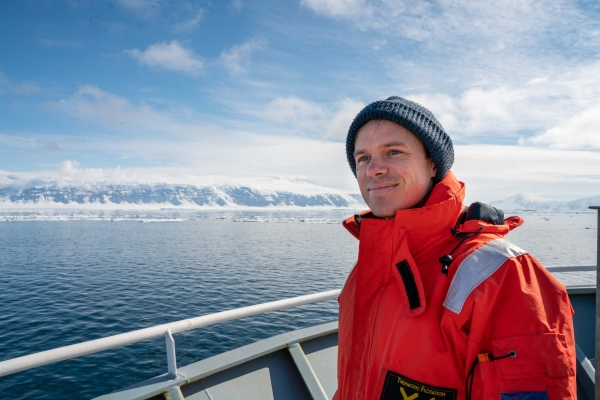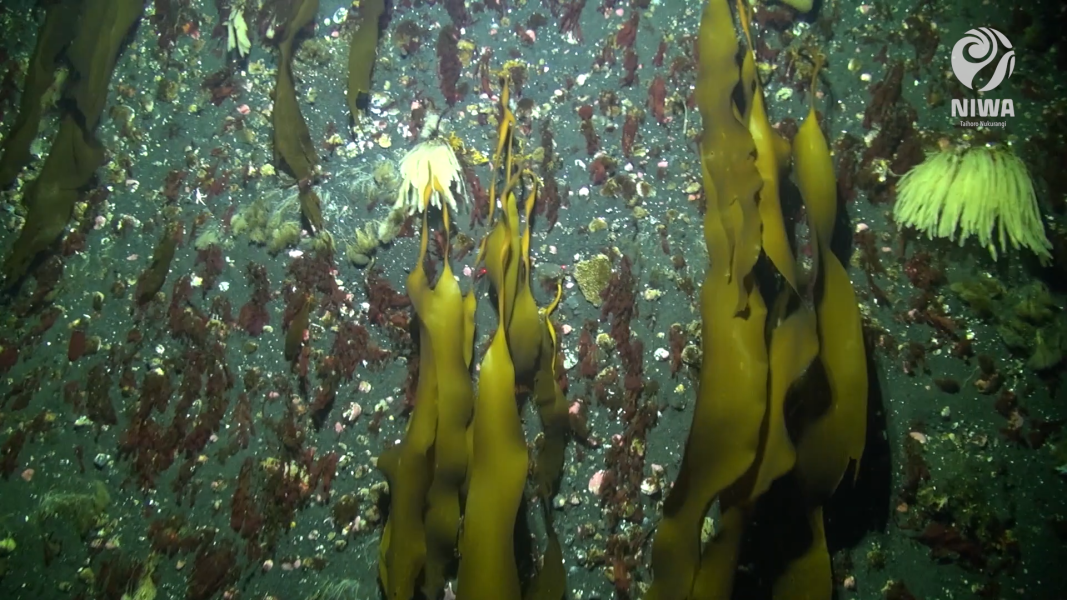Antarctica is probably storing much more carbon than previously thought, according to NIWA.
Two rare surveys were conducted by NIWA in Antarctica’s Ross Sea region in 2021 and 2023, where they discovered vast amounts of seaweed.
Seaweed are macroalgae that absorb CO2 – a powerful greenhouse gas – from the atmosphere.
NIWA Marine Ecologist Dr Leigh Tait says that until now, global models predicted that Antarctic seaweed had a negligible impact on CO2 uptake.
“We thought that Antarctica wasn’t a suitable enough habitat for seaweed and therefore had little contribution to global CO2 levels. However, when we did our surveys, we discovered extensive seaweed coverage, and at much deeper depths than expected.
Dr Leigh Tait, NIWA Marine Ecologist
“We took these new observations, satellite data, and published photosynthesis rates to estimate how much carbon the seaweed was likely absorbing. We predict that Antarctic seaweed may contribute to up to nearly 3% of the global macroalgal carbon uptake,” said Dr Tait.
The research, conducted aboard NIWA’s research vessel Tangaroa, involved benthic surveys using towed and remote-operated camera systems at depths ranging from 40 to 250 metres.
The study focused on coastal regions of northern Victoria Land, Ross Sea, Antarctica, spanning Robertson Bay (west of Cape Adare) to Terra Nova Bay.
“A large amount of drift algae found across all survey areas suggests that vast quantities of carbon may be locked up at the seafloor. This makes these environments even more valuable, as they not only provide key habitats for other species and play vital roles in the food web, but also have potentially big impacts on the rates that global greenhouse gases are stored at the seafloor.”
“Unfortunately, they are also particularly vulnerable to climate change. We know that sea-ice coverage is changing dramatically around the Antarctic continent, and this has huge implications for carbon fixation by phytoplankton and macroalgae, so understanding and protecting these environments becomes more imperative than ever,” said Dr Tait.
Coastal surveys in the Ross Sea region are extremely rare, making NIWA’s voyages some of the most comprehensive shallow surveys ever done in the region.
The study was published in the journal Nature.




